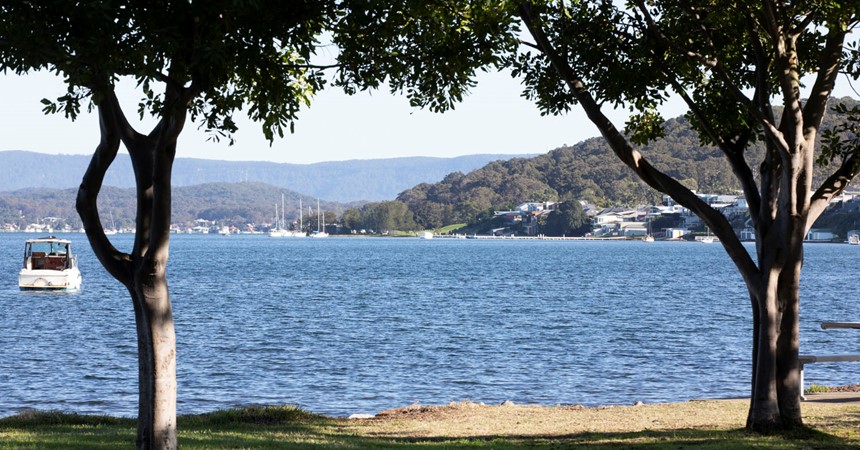Established as a place of secondary punishment for convicts, the religious well-being of its inhabitants was not high on the list of priorities for many of the early commandants. The first church, on the site of Christ Church Cathedral, was not built until 1816. Described as a handsome church with an elegant spire, it was capable of holding 500 persons and overlooked the entire town, visible to all the population as well as to any approaching ships.
Services were read by the military officers until the first minister, the Reverend George Augustus Middleton, was appointed to the town in 1820. A Catholic church was not established in the Hunter Valley until 1835, when St Joseph’s, Maitland opened – the first Catholic church north of Sydney. The location of the church at Maitland instead of Newcastle reflected the importance of the river town in the Hunter at the time. The Valley’s produce was shipped from the river port at Morpeth, with Newcastle merely a stopping point for boats heading inland.
But it was in Newcastle that a major and enduring legacy of early religious men was established. The missionary and congregational minister Lancelot Threlkeld arrived in May 1825. He was a member of the London Missionary Society and was tasked with establishing a mission to Aboriginal people in the district. In early 1826, land was chosen on the eastern side of Lake Macquarie and Threlkeld moved there to begin his work. Known by the Aboriginal name Bahtahbah, his mission was close to the water at Belmont.
Threlkeld began by encouraging local Aboriginal people to come to his mission and learn to farm. His hope was to channel religious instruction and what he saw as a civilising process of Aboriginal people via agriculture. We now understand that presupposing Aboriginal people would be interested in a British way of life was a flawed idea. Many indigenous people regarded the British as uncivilised and brutal.
Threlkeld stayed at Bahtahbah until 1831, when he secured a grant of land for his own mission near Toronto on the western side of the lake. He became a vocal advocate for the protection of Aboriginal people in the area. Through his friend and intermediary Biraban, he also worked as a translator and transformed his mission into a sanctuary for Aboriginal people fleeing violence around Newcastle and further up the Valley.
In his work Threlkeld realised a need to learn local language and it is this that remains as his lasting and profound contribution to Newcastle and the Hunter Valley. Through translations of the Bible, a spelling book and a range of other publications, he comprehensively recorded the Newcastle and Hunter River language at a time when few others cared enough to bother. His work is now considered a landmark in Aboriginal studies in Australia and has been used to revitalise the indigenous language in recent decades. Although the mission closed in 1841 and Threlkeld himself considered it a failure, his work on language means his impact will last well beyond that venture.























































































